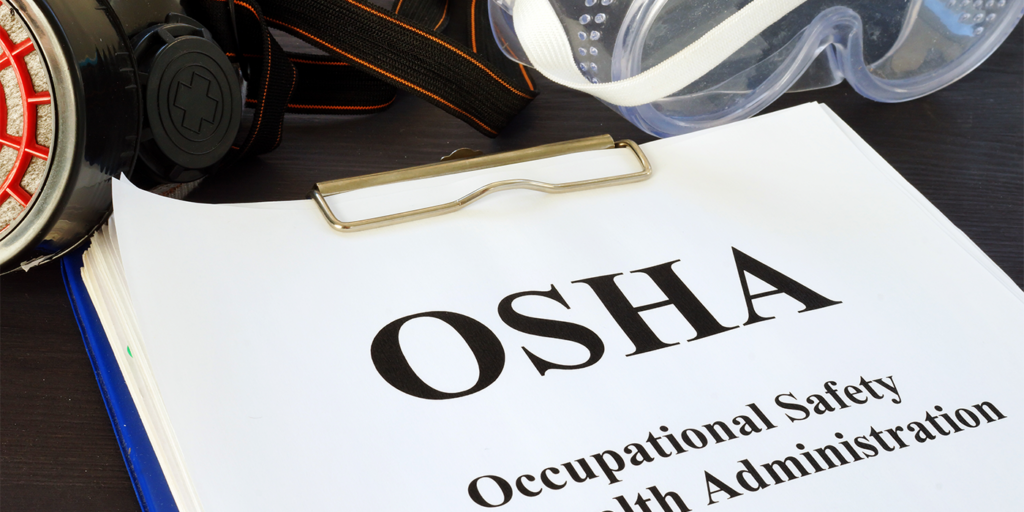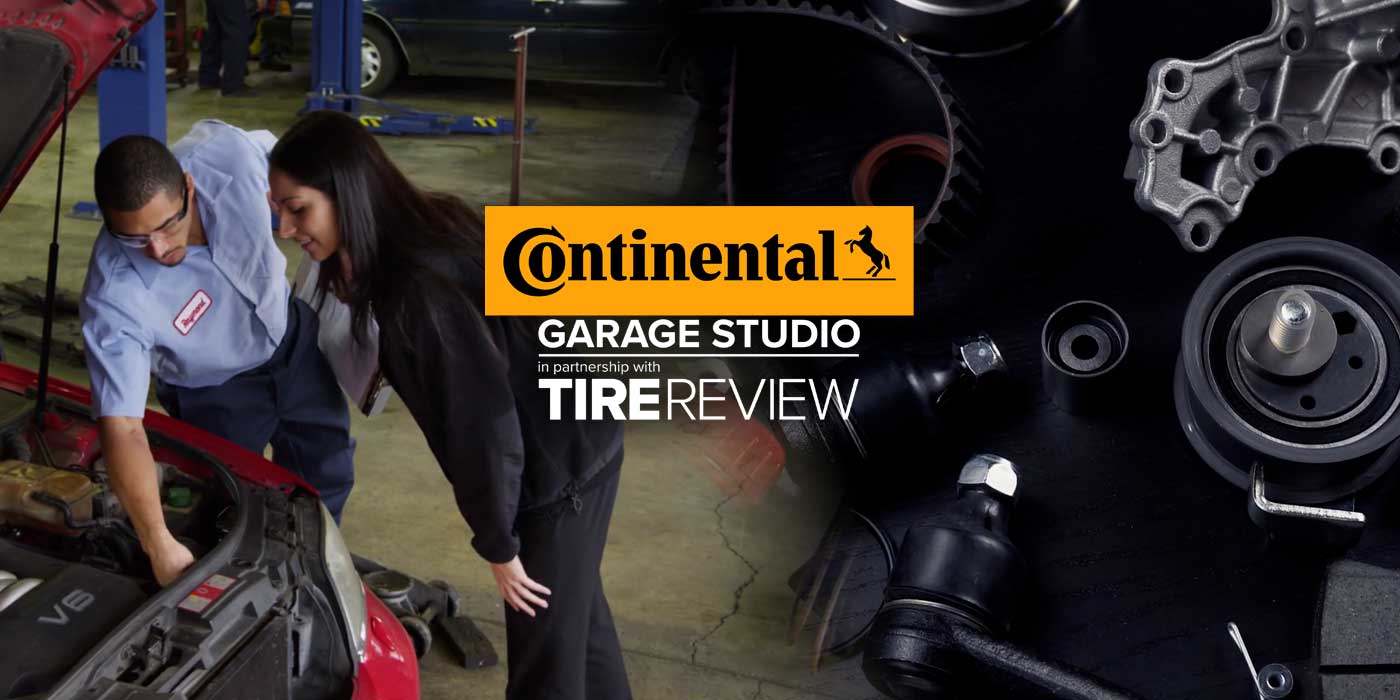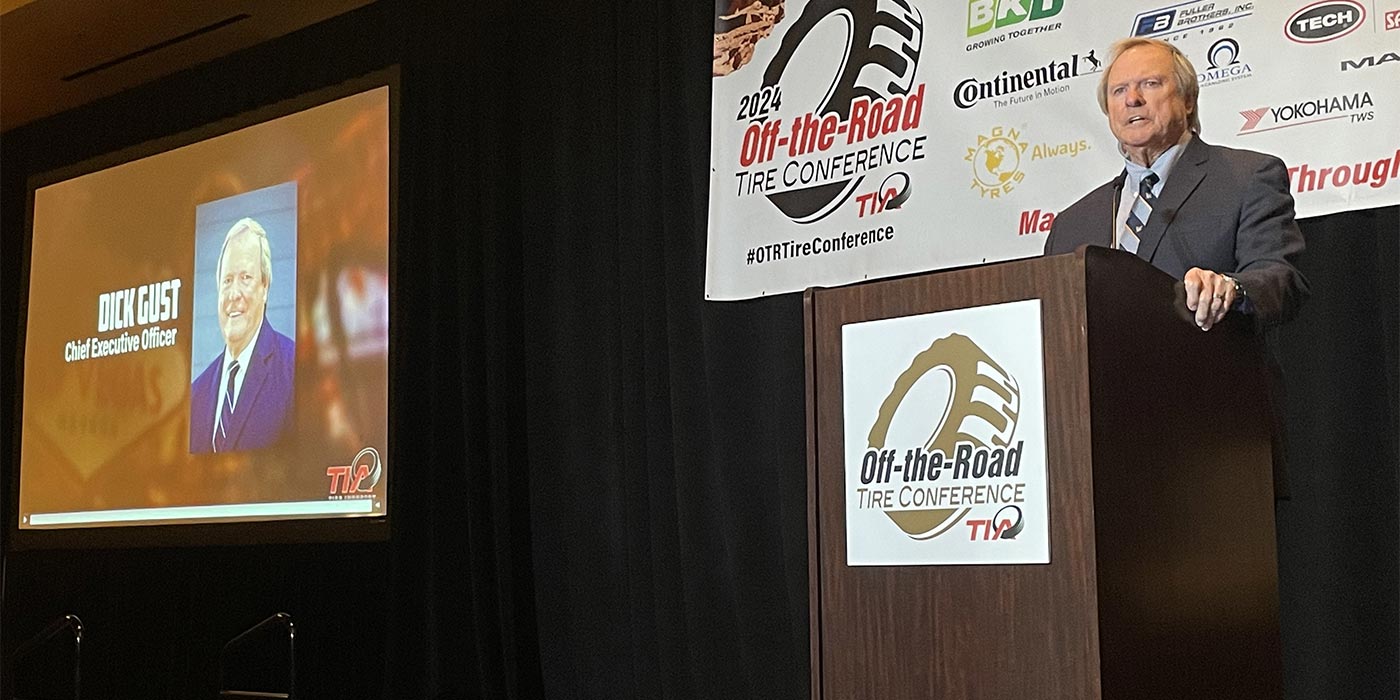Operating a profitable, efficient tire dealership goes hand in hand with operating safe repair bays. But keeping technicians properly trained and following safety requirements doesn’t just keep things running smoothly; by law, employers have a duty to provide a safe workplace for every employee. Failure to provide a hazard-free workplace can, and often does, result in serious fines.
With the Occupational Safety and Health Act of 1970, Congress created the Occupational Safety and Health Administration (OSHA) to ensure safe and healthful working conditions for workers by setting and enforcing standards and by providing training, outreach, education and assistance.
“First and foremost, OSHA regulations are designed to protect workers from potential workplace hazards,” says Kevin Rohlwing, senior vice president of training for the Tire Industry Association. “Some workplaces are more hazardous than others, so OSHA has general standards that apply to all employers and specific standards for industries where employees face a higher degree of risk.”
The tire industry encompasses one of those occupations considered hazardous enough to receive a specific regulation. OSHA’s 29 CFR 1910.177, “Servicing of Single-Piece and Multi-Piece Rim Wheels,” was established in 1978 and is for employees who service tires on large vehicles like trucks, trailers, buses, tractors and off-road machines.
It excludes employees who service automobile or light truck tires. Therefore, if the tire does not have a “P” or “LT” in the tire size and it falls under the categories of truck, trailer, bus, tractor and off-road machines, it’s covered by 29 CFR 1910.177.
OSHA Compliance for the Tire Industry
OSHA’s definition of “service” includes demounting, mounting, inflating, removing, installing and handling—so it’s important to remember that any employee who touches an inflated commercial tire for any reason must be properly trained.
OSHA Mount/Demount and Rim Matching Charts can be found on TIA’s website at tireindustry.org/osha-charts. Under 29 CFR 1910.177, OSHA requires that an employer has only the 8.5×11-inch booklet displayed in all shop areas (including service trucks), but TIA also offers free downloads of wall posters that employers can have enlarged and printed to at least 24×36 inches in size.
While we can’t print the regulation in its entirety, here are a few of the main points:
- The employer shall provide a program to train all employees who service rim wheels in the hazards involved in servicing those rim wheels and the safety procedures to be followed.
- The employer shall assure that each employee demonstrates and maintains the ability to service rim wheels safely, including performance of the following tasks: demounting of tires (including deflation); inspection and identification of the rim wheel components; mounting of tires (including inflation with a restraining device or other safeguard required by this section); use of the restraining device or barrier, and other equipment required by this section; handling of rim wheels; inflation of the tire when a single-piece rim wheel is mounted on a vehicle; an understanding of the necessity of standing outside the trajectory both during inflation of the tire and during inspection of the rim wheel following inflation; and installation and removal of rim wheels.
- The employer shall furnish a restraining device for inflating tires on multi-piece wheels.
- The employer shall provide a restraining device or barrier for inflating tires on single-piece wheels unless the rim wheel will be bolted onto a vehicle during inflation.
- Each restraining device or barrier shall have the capacity to withstand the maximum force that would be transferred to it during a rim wheel separation occurring at 150% of the maximum tire specification pressure for the type of rim wheel being serviced.
- Restraining devices and barriers shall be visually inspected prior to each day’s use and after any separation of the rim wheel components or sudden release of contained air. Any restraining device or barrier exhibiting damage…shall be immediately removed from service.
- Multi-piece wheel components and single-piece wheels shall be inspected prior to assembly. Any wheel or wheel component which is bent out of shape, pitted from corrosion, broken, or cracked shall not be used and shall be marked or tagged unserviceable and removed from the service area.
- After tire inflation, the tire and wheel components shall be inspected while still within the restraining device to make sure that they are properly seated and locked. If further adjustment to the tire or wheel components is necessary, the tire shall be deflated by removal of the valve core before the adjustment is made.
- Tires may be inflated only when contained within a restraining device, positioned behind a barrier or bolted on the vehicle with the lug nuts fully tightened.
TIA’s 200-Level Basic Commercial Tire Service (CTS) program is designed for compliance with 1910.177, specifically in the area of training.
“TIA has been involved in multiple OSHA investigations and trials regarding compliance with the training regulations in 1910.177,” Rohlwing says. “TIA’s CTS program has been proven to be compliant with all training regulations contained in 1910.177. Beyond that, the procedures and guidelines in the CTS program are also designed to ensure that compliance in other areas of the standard can be met.”
‘General Duty’ Requirements
Passenger and light truck tire service does not present the same level of hazardous risks to employees, therefore there are no OSHA regulations specific to this type of service.
“Large vehicles like trucks, tractors, trailers, buses and off-road machines include multi-piece wheels, while the size, weight and air pressure create additional hazards,” Rohlwing explains. “In crafting 1910.177, which covers tire service on large vehicles, OSHA determined that passenger and light truck tire service does not create the same level of risks, therefore 1910.177 does not apply.”
However, the “General Duty” section in the OSH Act of 1970 does apply. This requires every employer to provide a workplace that is free from recognized hazards that may cause death or serious physical harm to employees.
“It basically means that employers must assess all of the potential hazards and provide the necessary protective equipment, procedures and training to prevent an injury or death,” Rohlwing explains. “OSHA cannot foresee every hazard or risk in every workplace, so the General Duty section puts the onus on the employer to determine which hazards exist and the steps that are necessary to protect employees.”
Examples include:
- For retailers, the safety locks on lifts must engage properly and the capacity must be visible on the lift.
- Third-party certification should be visible on the lift to ensure it has been thoroughly inspected on an annual basis.
- General housekeeping—something as simple as oil on the floor may seem like another day in the shop, but it’s a major slip hazard and must be cleaned up immediately.
“In most cases, someone can use common sense to identify potential hazards,” Rohlwing says, adding that engaging employees in the discussion is a good way to help determine the hazards.
“Workplace safety isn’t a list of OSHA regulations,” he says. “It’s a culture where management and technicians work together to safely provide services for customers. Safety for the technician translates into safety for consumers because corners are not [being] cut and industry guidelines are not ignored. It’s not always easy and requires investment from both sides, but the end result are best practices being followed on a regular basis to minimize the risks for employees and motorists.”














